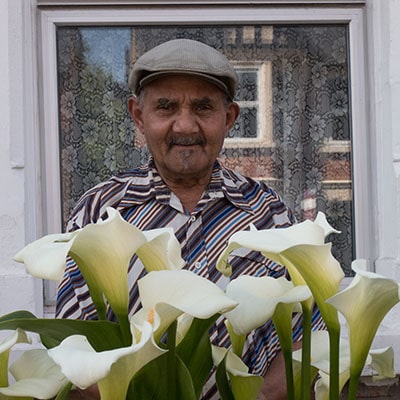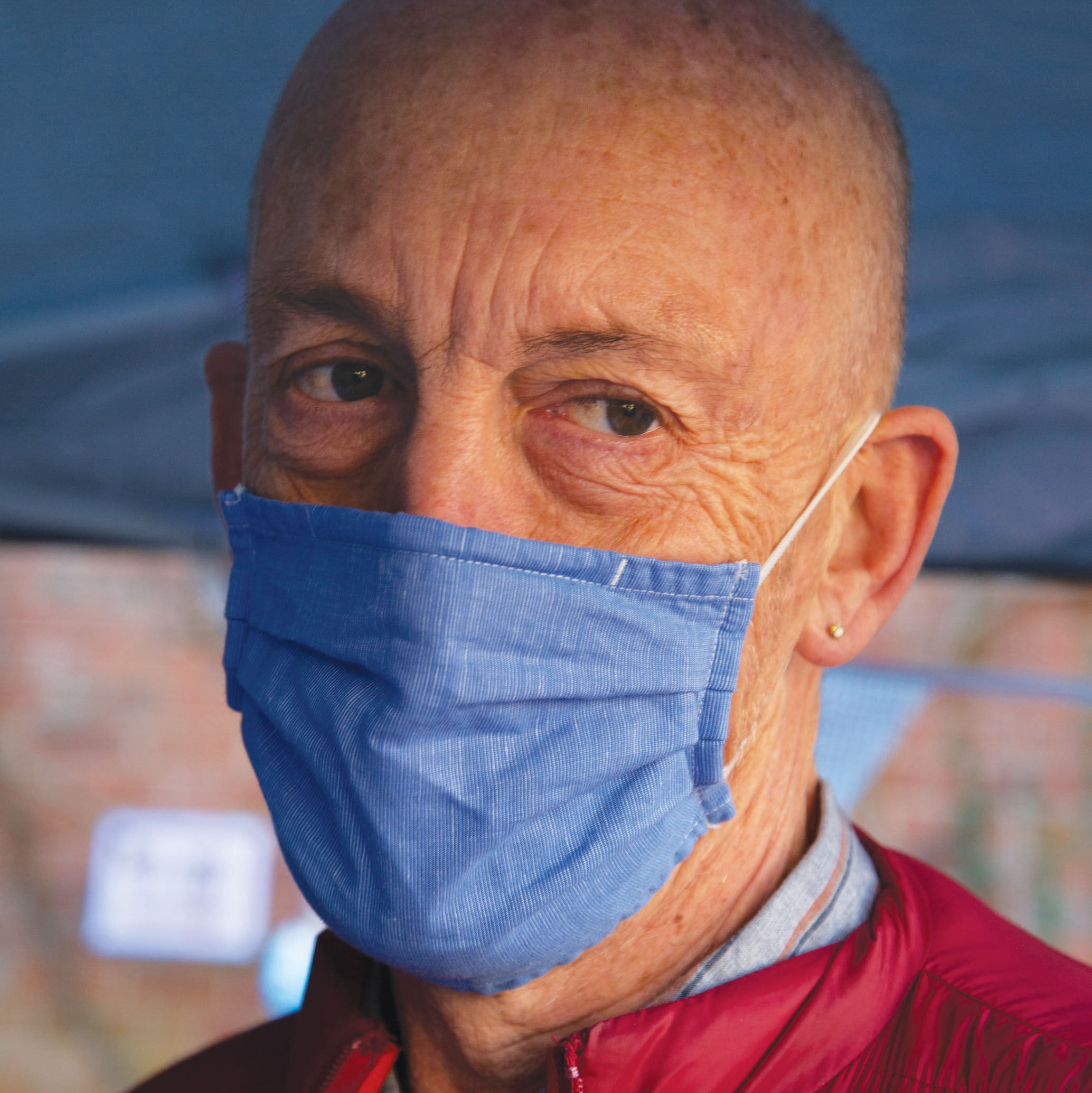Standing at the sky’s edge
The programme for this musical which has transferred from Sheffield Crucible Theatre to the National Theatre (NT) in London, has a powerful and informative introductory essay by Sheffield urban planner Gordon Dabinett. Not an everyday occurance in NT programmes. But Standing at the sky’s edge is no everyday performance. The setting for the musical is the Park Hill estate which has dominated the skyline to the east of Sheffield city centre for decades and the idea behind it is that the walls of the buildings retain imprints of its inhabitants past and present. Not such a novel idea for the setting of a theatrical production – think the Tower of London or Windsor Castle. But the building in question in this production is both more commonplace, a housing estate, and equally, unique. Here the battlements and dungeons are replaced by the more quotidian, although a Le Corbusier-inspired development is hardly the everyday.
Opened in 1961 the estate was viewed a revolutionary at the time, for its ‘brutalist’ design, its innovative use of concrete, and its potential to provide large scale municipal housing that could recreate a sense of community on the slums it replaced. The communal walkways were built wide enough for a milk float to come by, or for children to ‘play out’ on – just like the streets it replaced and the names of those streets were transferred too, along with their residents. When completed it rose to 13 stories high and housed 3,000 people in 996 flats. Shops, a school, nursery, police station, pharmacy, surgery and four pubs were included. Thus is the setting for the production itself, in the appropriately brutalist setting of the South Bank Centre.
Standing at the sky’s edge charts the lives of three fictitious generations of residents in one flat set in 1961, 1989 and 2015 and in doing so charts the both the rise, fall, and rise again of Park Hill estate and that of Sheffield as a whole. Their stories told simultaneously chart, in some pretty amazing choreography, what is both personal, love hope, loss and political, Sheffield’s fall from steel industry greatness, Harry, the husband of the young couple who move in in 1961 is ‘the youngest foreman in the steel industry’ and rightly proud of his working class status. It doesn’t turn out well as the de-industrialization of the Thatcher era, leaves him unemployed and hopeless, and the estate suddenly unattractive, as repairs get missed, security deteriorates, and the council finds it harder to find tenants. By the late 1980s a Liberian refugee family has been housed there – absolute stand out performance by Joy (Faith Omole) as a young teen arrival in a pretty hostile environment. But their lives and storylines are knitted together in Chris Bush’s script as steel workers son Jimmy (Samuel Jordan) falls for her, probably the most fully realized relationship in the show. But hopelessness and aspiration are both shoved out by the needs of regeneration, and by 2015 Poppy (Alex Young) has moved into the newly refurbed (and now private sector) flat in the now Grade II* listed building, ‘It has its own Wikipedia page you know’; an escape from London and a broken relationship.
There are lots of beautiful songs, sublime singers, and striking music – it’s a musical after all, but it is also a production shot through with a strong thread of anger and its political expression. Just after they are rehoused from their slum dwelling, Harry and Rose reflect on their good fortune, but trade union activist that he is, Harry (Robert Lonsdale) soon reframes this ‘gratitude’ asking rhetorically why slum dwellers should be grateful for being allowed to live in decent accommodation in one of the richest countries in the world – one he and his fellows are creating the wealth in. There is no shortage of other political references, from Brexit, Poppy is anxious that she won’t find a leave-voting city to her liking, to strikes, the 1984-85 miner’s strike features and the contemporary references are obvious; there is a sense of this being a ‘state of the nation’ reflection. It is a political allegory which in its own way asks questions about the role of the state in relation to its citizens. Is it there to provide support for everybody, or just for the desperate? Articulating both the personal and the political, the message is really that the personal is political, and in Standing at the sky’s edge we have a musical that reflects the importance of community, of home, of dignity and of belonging, in ways which the very different characters portrayed all relate to.
This article first appeared in the March/April 2023 issue of Town & Country Planning

